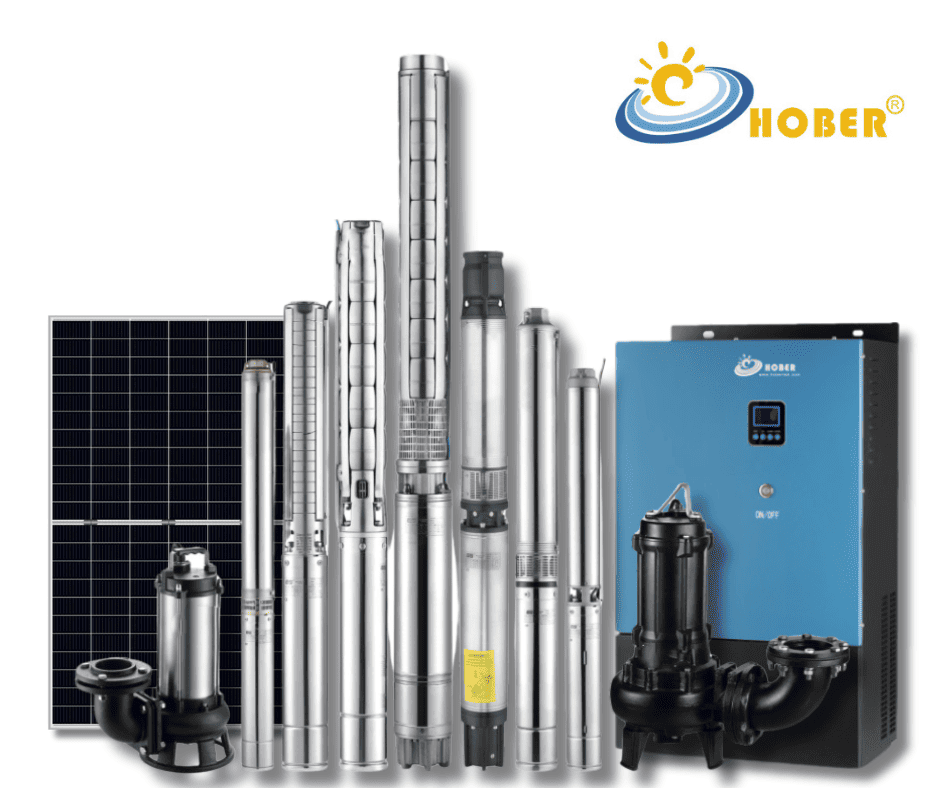Solar pump inverters are the backbone of any solar-powered water pumping system. They convert the DC electricity generated by solar panels into AC power required to drive water pumps. Whether you are an installer or a system operator, understanding the user manual of a solar pump inverter is crucial for smooth and efficient operation.
This blog will walk you through the key elements of a solar pump inverter user manual, offering insights into how to properly set up, configure, and maintain your system.
Introduction to Solar Pump Inverters
A solar pump inverter serves as the heart of a solar water pumping system. It ensures that the power from solar panels is optimally used, through features like Maximum Power Point Tracking (MPPT), and can even integrate hybrid solutions that switch between solar power and AC grids or generators. Properly reading and following the inverter’s user manual is essential to getting the most out of your solar system.
Key Components and Functions Explained in the Manual
- Inverter Specifications Every user manual starts by detailing the technical specifications of the inverter. This includes:
- Voltage Input Range (Voc and Vmp): Maximum Open Circuit Voltage (Voc) and the recommended Maximum Power Point Voltage (Vmp) are critical for ensuring that the connected solar panels match the inverter’s capacity.
- Maximum Efficiency: Most inverters boast up to 99% MPPT efficiency, ensuring the optimal conversion of solar energy into usable power.
- Cooling System: Many inverters use natural cooling or forced cooling by fans to prevent overheating, which is vital for ensuring longevity.
- MPPT (Maximum Power Point Tracking) Solar pump inverters feature MPPT technology, which automatically adjusts the voltage and current coming from solar panels to maximize power output. The manual will describe how to set up MPPT and monitor its performance through the inverter’s display.
- Protection Features Modern solar pump inverters come equipped with a host of protection features, including:
- Over-voltage and Under-voltage Protection
- Reverse Polarity Protection
- Overload and Overheat Protection These features protect both the inverter and pump from damage during abnormal conditions, and the user manual will detail how to manage and respond to these alerts.
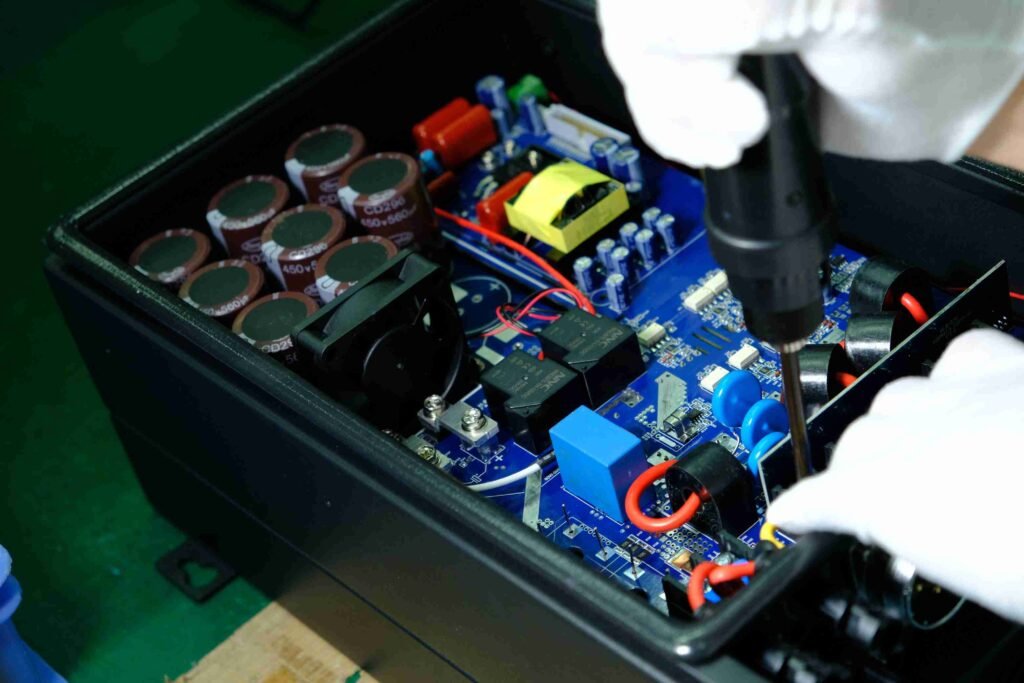
Setup and Installation Guidelines
Proper installation is vital to ensure the safe and efficient functioning of your solar pump inverter. The user manual will provide clear steps on:
- Selecting the installation location: Keep the inverter away from direct sunlight, dust, and corrosive environments.
- Electrical Wiring: Guidelines on connecting the solar array, AC pump, and other system components are provided in detail. Diagrams help ensure the right connections are made, preventing common issues like reverse polarity.
Pro Tip: Always use the correct gauge of wiring as recommended in the manual to avoid voltage drops and power losses.
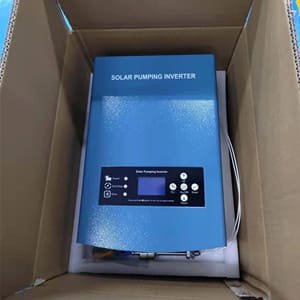
Operating the Inverter
Once installed, the user manual will guide you through the operation of the inverter:
- LCD Display Overview
- The LCD display offers real-time information on system performance, including input voltage, output frequency, pump status, and fault warnings.
- You’ll also find instructions on how to navigate through different settings, adjust parameters, and monitor power input from the solar panels and AC sources if applicable.
- Hybrid Operation
- Some solar pump inverters offer hybrid functionality, allowing the system to switch between solar power and AC grid or generator input automatically. The manual will outline how to set up this mode and ensure the system transitions smoothly when solar power is insufficient.
- Water Level Sensors
- Many systems include options for connecting water level sensors to automatically regulate pump operation based on water availability. The manual will cover how to install and configure these sensors to prevent the pump from dry running.
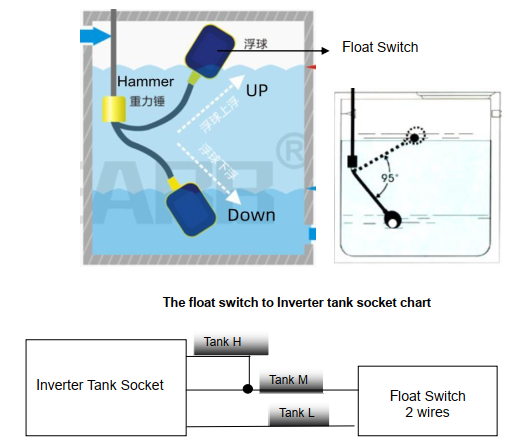

Troubleshooting Common Issues
The user manual will include a troubleshooting section to help diagnose and fix common problems. Here are some examples of potential issues and solutions:
- Low Voltage Warning:
- If the input voltage is too low, the inverter will not operate correctly. The manual will suggest checking the number of solar panels connected in series and ensuring they meet the inverter’s minimum voltage requirement.
- Over-temperature Shutdown:
- In case of overheating, the inverter may shut down to protect the system. The manual advises checking the cooling system (fans or natural cooling) and ensuring proper ventilation.
- Fault Codes:
- Many inverters will display fault codes to indicate specific problems. The user manual will have a detailed list of these codes, along with instructions for resolving the issue.

Maintenance Tips from the User Manual
To keep your solar pump inverter operating at peak efficiency, regular maintenance is essential. The manual will recommend:
- Regular cleaning of the inverter to remove dust and debris.
- Checking connections periodically to ensure no loose wiring.
- Monitoring system performance via the LCD display to spot any irregularities early.

Conclusion:
Designing an efficient solar water pumping system involves understanding your water requirements, selecting the right pump and inverter, and calculating the appropriate solar panel size. By following this guide, you’ll be able to create a reliable and sustainable water supply system tailored to your specific needs. For more advanced systems, including hybrid solar-AC designs, professional consultation is recommended.

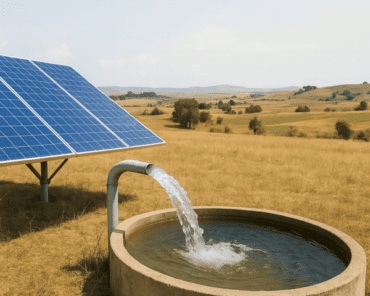
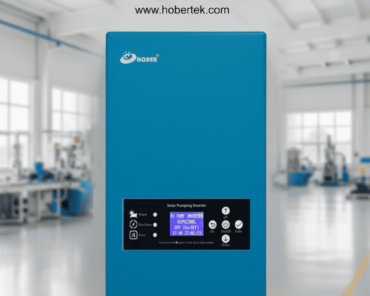
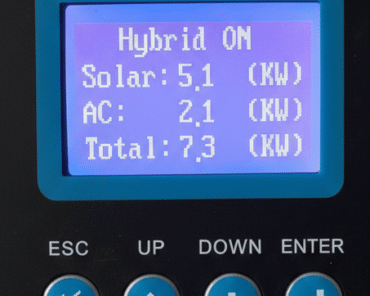

](https://hobertek.com/wp-content/uploads/2025/03/solar-pump-inverter-for-irrigation-efficient-water-pumping-solution-370x296.png)

